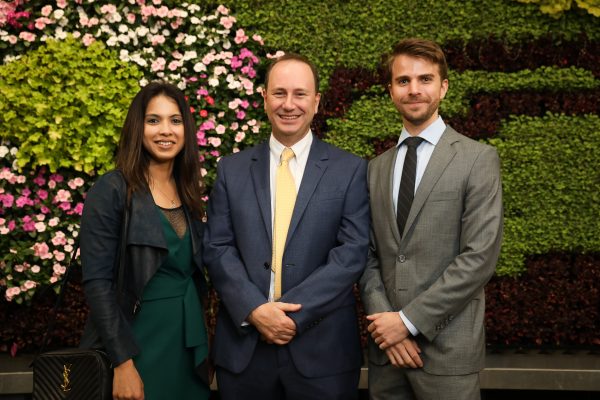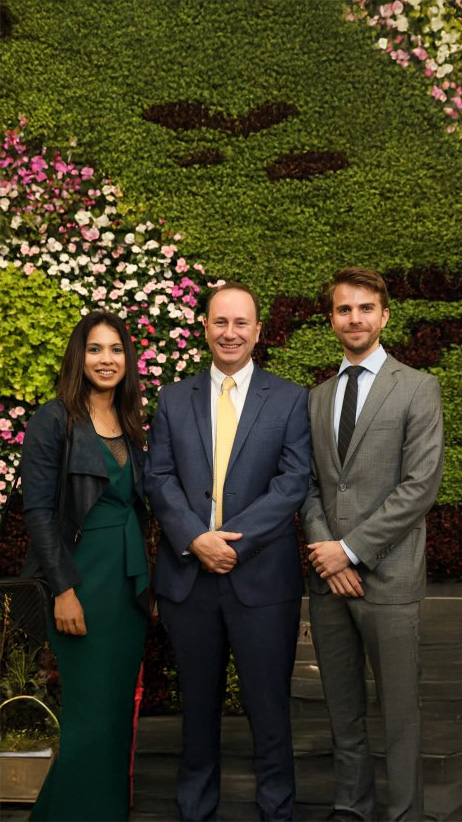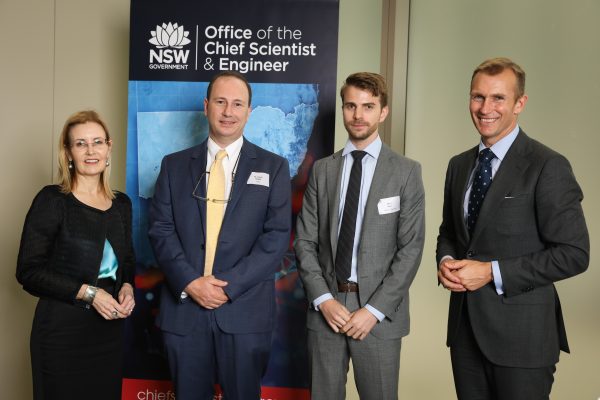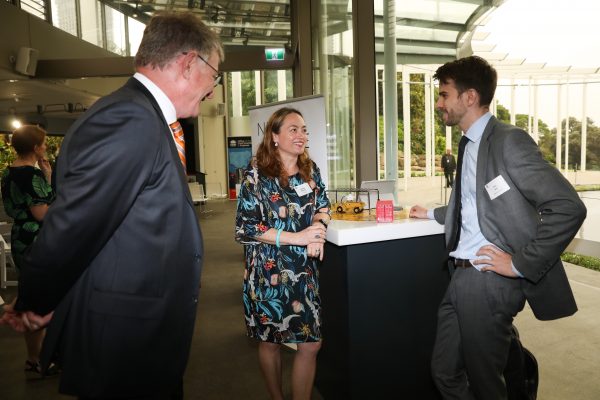

Nextore awarded $1.07m grant from Physical Sciences Fund
NextOre awarded $1.07 million grant to fit its breakthrough grade detection system to mobile mining machinery
- NextOre has been awarded a $1.07 million grant by the NSW Office of the Chief Scientist & Engineer through the Physical Sciences Fund.
- The funds will be used for the adaptation of NextOre’s existing on-conveyor magnetic resonance analyser (MRA) to in-pit mobile mining machinery.
- In additionto the grant funding, NextOre has raised an additional $500,000 through a private placement to high net worth investors to support development of the in-pit MRA.
- On-conveyor MRA systems have demonstrated best-in-class speeds and accuracy in detection at full mining throughput rates. Delivering grade measurements with precision of +/-0.023% copper every two seconds .
- NextOre has partnered with a leading global supplier of heavy mining equipment and service support to deliver an integrated system that is highly adaptable and efficient.
NSW Physical Sciences Fund
The Physical Sciences Fund (“PSF”) is a competitive development and commercialisation program for technological innovation in NSW. The PSF aims to capture potential commercial applications of NSW research across all branches of physical science (physics, chemistry, etc.), such as in sensor or materials technologies, with the aim to attract a broad spectrum of disciplines and provide support through the product life-cycle.
NextOre has been awarded $1.07 million of the available $5 million in total grant funding in the 2019 program.
Magnetic Resonance Technology
Developed by Australia’s national science agency, CSIRO, the MRA is a sophisticated device that applies advanced technology to a heavy basic industry. ‘MR’ stands for ’Magnetic Resonance’, a similar technology to Magnetic Resonance Imaging, or ’MRI’ machines, which have been used for decades in the healthcare industry.
Over the past year, on-conveyor MRAs have been installed at mine sites in Australia, Chile and Mexico. These projects have demonstrated the capability to operate at a broad
and increasing range of throughput rates – from 100 tonnes per hour to 4,300 tonnes per hour – while delivering sector-leading measurement speed, accuracy and dependability.
Bulk Ore Sorting
Real-time sensor data is an essential ingredient for enabling automated process control systems and the application of advanced artificial intelligence decision-making to extractive industries. With the ability to quickly and cost-effectively measure ore grade, barren waste can be removed early in the mining process, significantly reducing the amount of energy, water, fuel and chemicals used downstream processing. This technique is called “bulk ore sorting”, and NextOre is a global leader in its implementation.
Use of Funds
Grant funding will be directed to the commercialisation of a new product that adapts NextOre’s existing on-conveyor MRA systems onto heavy mining machinery in the pit itself. The in-pit sensor is a modified application of the same fundamental system used in the on-conveyor MRAs. As a result, the sensor will benefit from the advances already made with the on-conveyor version of the MRAs actively in use at industrial scale.
Share placement
In addition to the $2 million equity raising announced in June 2019, a further 200,000 shares have been issued to high net worth investors to raise $500,000 which will be directed towards the in-pit analyser development.
Partner
NextOre has partnered with a leading global supplier of he
avy mining equipment and service support to deliver an integrated system that is highly adaptable and efficient.“We are thrilled that the NSW government acknowledges the importance of innovation in science and in its applications within industry. The Physical Sciences Fund and its support for local entrepreneurs, scientists and technologies is a stepping stone that empowers NSW businesses to be leaders in solving the difficult problems facing our society. This grant will allow NextOre to broaden the scope of an already powerful technology and to help even more companies reduce the environmental impact of an essential primary industry.” Chris Beal, NextOre CEO
[1] Precision is calculated as 1-sigma standard deviation for 2 second measurement interval on the basis of copper as chalcopyrite with corresponding relative average accuracy of +/-9% as compared to assay results and 3-sigma lower detection limit of 0.07%Cu



